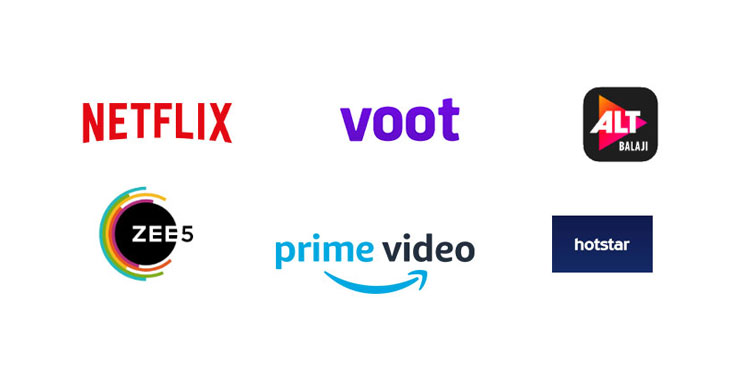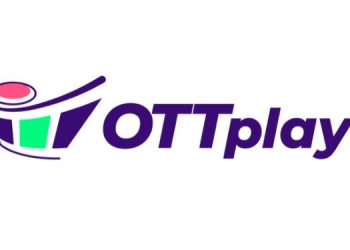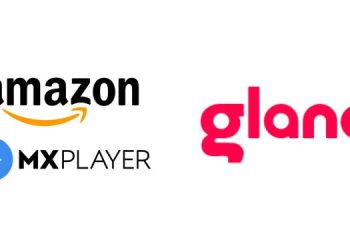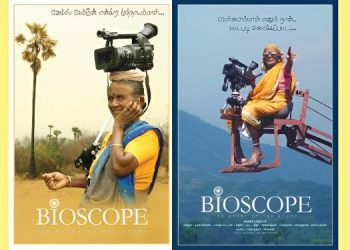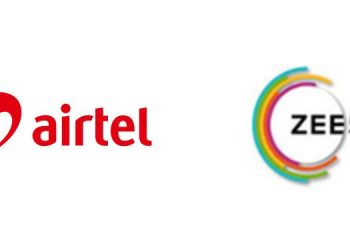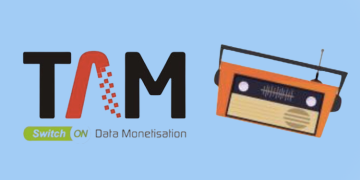The government announced the tightening of rules governing social media and streaming companies amidst growing concerns around the lack of transparency, accountability, and users’ rights related to digital media. The rule has been framed after elaborate consultation with the public and stakeholders.
The Information Technology (Intermediary Guidelines and Digital Media Ethics Code) Rules 2021 has been framed in exercise of powers under section 87 (2) of the Information Technology Act, 2000 and in supersession of the earlier Information Technology (Intermediary Guidelines) Rules 2011.
While finalising these Rules, both the Ministries of Electronics and Information Technology and the Ministry of Information and Broadcasting undertook elaborate consultations among themselves to have a harmonious, soft-touch oversight mechanism in relation to social media platforms as well as digital media and OTT platforms etc.
Part- II of these Rules shall be administered by the Ministry of Electronics and IT, while Part-III relating to the Code of Ethics and procedure and safeguards in relation to digital media shall be administered by the Ministry of Information and Broadcasting.
As per the new rule, the major Social Media Platforms need to take down unlawful content within a specific time-frame of being served either a court order or notice by an appropriate government agency.
The rules have separate categories for sexual content – which “exposes the private areas of individuals, show such individuals in full or partial nudity or in sexual activity or is like impersonation including morphed images” – under which an intermediary shall within 24 hours remove the offending content.
The rule also mandates the OTT platforms to carry a universal rating (U), U/A seven-plus, U/A thirteen plus, U/A sixteen plus and Adult, for people over 18.
The rules about digital media and OTT focus more on in-house and self-regulation mechanisms whereby a robust grievance redressal mechanism has been provided while upholding journalistic and creative freedom.
The new rule received mixed responses from the industry.

Welcoming the government decision, Dr. Subho Ray, President, IAMAI, said, “IAMAI has welcomed the much-awaited Intermediary Guidelines 2021. The Guidelines, focused primarily on consumer complaints, will help consumers of online curated content, social media users and online news and current affairs resolve their complaints in a process-oriented manner”.

According to Rajni Daswani, Director at SoCheers, The code of use of social media is a good step towards safety on the internet and if monitored by the Grievance Redressal that is set up.
She added, “In recent times, a lot of controversial arguments on what is said on the internet has kept Twitter and the Supreme Court busy. We should see cyber-crime cases (especially the bullying, ghosting and all) reduce or much better managed than they are currently. Waiting to see how the self-regulation thing works out, though, since this has been a completely non-regulated forum so far.”
Nigam Niggehalli, Dean, BML Munjal University, is of a different opinion.
“I think many aspects of the rules are not unreasonable in themselves. The rules are trying to regulate the more unsavoury features of social media and OTT content-pornographic content and fake news being the two most obvious problems. The real issue, which we will have to wait and watch, is to see how the rules are implemented and whether more bureaucratic supervision will lead to more stifling of freedom of expression. One more issue with the rules is that the grievance redressal and oversight mechanism for social media intermediaries must be thought through properly.”
He added, “One can look at the Facebook oversight board model to see if a body that is independent both of the social media intermediaries and the government can act as an effective arbitration in disputes over the legitimacy of digital content.”
In light of what has been the trending topics on the internet in recent months and the pressure that built upon the Government, releasing this code document was of crucial importance.
“Of late, the debate over giving OTT platforms the freedom for content has been questioned, and this new code of ethics will hit OTT platforms & Digital News Media where it hurts – the content that they offered & the one that their users applauded/loved. Setting up the mechanisms for parental locks, classification of content is very doable, but the addressing of grievances will get them to settle for less controversial content. We’ll have to wait and see how much all parties are willing to settle for eventually,” concluded Daswani.
Pritha Jha, Partner, Pioneer Legal on The Information Technology said “(Guidelines for Intermediaries and Digital Media Ethics Code) Rules, 2021, within 24 hours of an individual complaining of non-consensual transmission of their pictures with the intent to harass or intimidate, an intermediary is required to remove or disable access through reasonable and practicable measures. While this provision is required for protection of netizens, it lacks teeth. There is no hard coded obligation. It stops at the intermediary being required to take reasonable and practicable measures. From the perspective of the individual, this is not enough. On the other hand, given the extent of misuse of digital platforms for such purposes, intermediaries face a very real practical difficulty in addressing such complaints.”
Sajai Singh, Partner, J Sagar Associates said “The absence of Upload Filter requirements for Intermediaries and the self-censorship for OTT platforms, does make me feel heartened that the Government did make a note of stakeholder opinion while framing The Information Technology (Intermediary Guidelines and Digital Media Ethics Code) Rules 2021 (2021 Rules); though elements of traceability, local address requirement and 24-take down will surely put pressure on social media intermediaries.”

